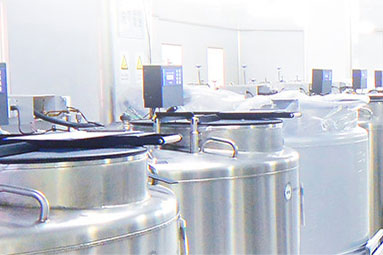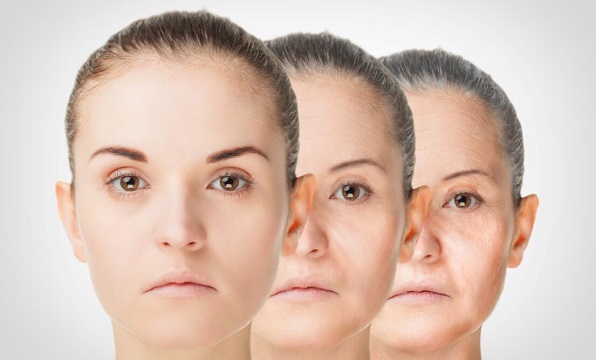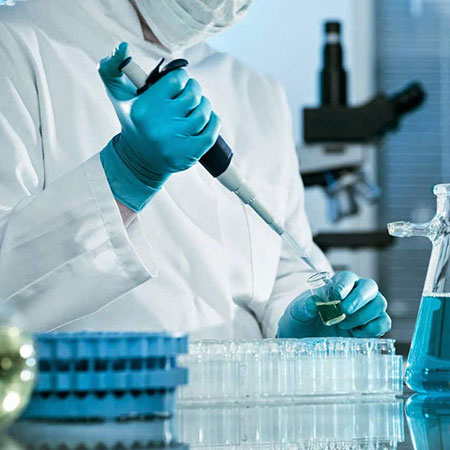- Email:[email protected]
- Tel: (852)51044851
-
Regeneration is ‘next generation’ of treatment
Regenerative medicine will become the “next generation” of medical treatment, with researchers already working on regrowing bones and even nerves on artificial scaffolding, said Dr. Anthony Windebank, associate director for discovery in the Mayo Center for Regenerative Medicine. Instead of transplanting an organ from a donor, Mayo providers will use the body’s own resources to help re-grow organs. “This is using entirely new results from research coming from many directions,” Windebank said. It’s one of the most exciting and active areas of research at the moment, he said. Mayo plans to use its own research discoveries and discoveries made around the world. That knowledge, Windebank said, “we will then be bringing, as quickly as we can to our patients.” About 20 lead researchers, each with a large laboratory and clinical staff, are focused on regenerative-medicine discovery efforts, Windebank said. Peripheral nerve injuries, ALS, severe blood vessel disease compromising blood flow to the limbs, kidney disease, heart disease, eye disease and diabetes are all understood. “Probably one of the most-important and the broadest is diabetes,” Windebank said. The major advance in the past five years “has been the ability to acquire cells from people … and to take these cells out of the body, to grow them up in very large numbers in a way that is both acceptable and safe, to then use them in tissue replacement in patients.” Instead of using embryonic stem cells, Mayo uses tissue taken from the patient’s body and coaxes them to become stem cells. Embryonic stem cell treatment currently requires use of immunosuppressive drugs. With adult stem cells from the patient, the need for those drugs is eliminated because the body is less likely to reject the cells. “Tissue engineering” can make “scaffolds” — a structure to support the cells. Windebank says tissue engineering involves the field of “biodegradable polymer chemistry” using tissue engineering to create a scaffold for bone healing. Put the scaffold in, seed it with the patient’s stem cells and the goal is to get the cells to re-grow the bone. For example, if you had to remove bone during cancer treatment or after a trauma, “you use a scaffold that kind of mimics the architecture of the bone, but to make it living, you have to add cells to the scaffold.” “You put that in and that sort of forms the area where the body itself will then use that…
[Read More] -
Continuous supply of rejuvenated stem cells shown as a path to radical longevity
Researchers from Kiel (Germany) have examined why the polyp Hydra is immortal – and unexpectedly discovered a link to ageing in humans. The tiny freshwater polyp Hydra does not show any signs of ageing and is potentially immortal. There is a rather simple biological explanation for this: these animals exclusively reproduce by budding rather than by mating. A prerequisite for such vegetative-only reproduction is that each polyp contains stem cells capabprle of continuous proliferation. Without these stem cells, the animals could not reproduce any more. Due to its immortality, Hydra has been the subject of many studies regarding ageing processes for several years. Studying animal tissue such as those of Hydra – an animal full of active stem cells during all its life – may deliver valuable insight into stem cell ageing as such. „Surprisingly, our search for the gene that causes Hydra to be immortal led us to the so-called FoxO gene“, says Anna-Marei Böhm, PhD student and first author of the study. The FoxO gene exists in all animals and humans and has been known for years. However, until now it was not known why human stem cells become fewer and inactive with increasing age, which biochemical mechanisms are involved and if FoxO played a role in ageing. FoxO has been found to be particularly active in centenarians – people older than one hundred years – which is why we believe that FoxO plays a key role in ageing – not only in Hydra but also in humans“. However, the hypothesis cannot be verified on humans, as this would require a genetic manipulation of humans. PNAS – FoxO is a critical regulator of stem cell maintenance in immortal Hydra There is a project that is trying to increase the supply of a persons own stem cells by a million times and then rejuvenate the stem cells. They are trying to fund raiser for a kickstarter style project. I think it is worth a shot to get the project funded for another $69000, to give this approach a try Centagen is a biotechnology company that is developing medical therapies that utilize a patient’s own adult stem cells. The company has a new technology to expand adult stem cells in vitro (in the lab) up to 1 million times, then rejuvenate them and inject the stem cells back into the person from which they came. This will help repair and rejuvenate…
[Read More]
Category
Recent Updates
- Directed Conversion of Alzheimer’s Disease Patient Skin Fibroblasts into Functional Neurons
- Generation of human vascular smooth muscle subtypes provides insight into embryological origin–dependent disease susceptibility
- Stem cells responsible for ‘thinking’ brain cells identified
- Stem cell therapy combined with liposuction may help burns victims
- Kidney transplants better with stem cells
- Houston Plastic Surgeon Dr. Henry Mentz to Present Stem Cell Expertise at International Conference






SUBSCRIBE TO OUR NEWSLETTER